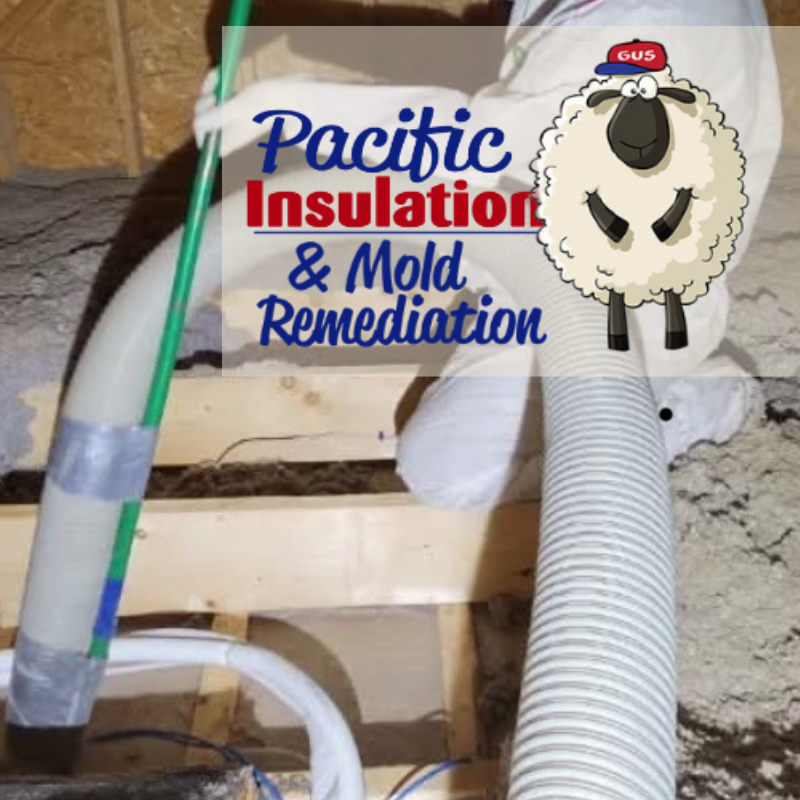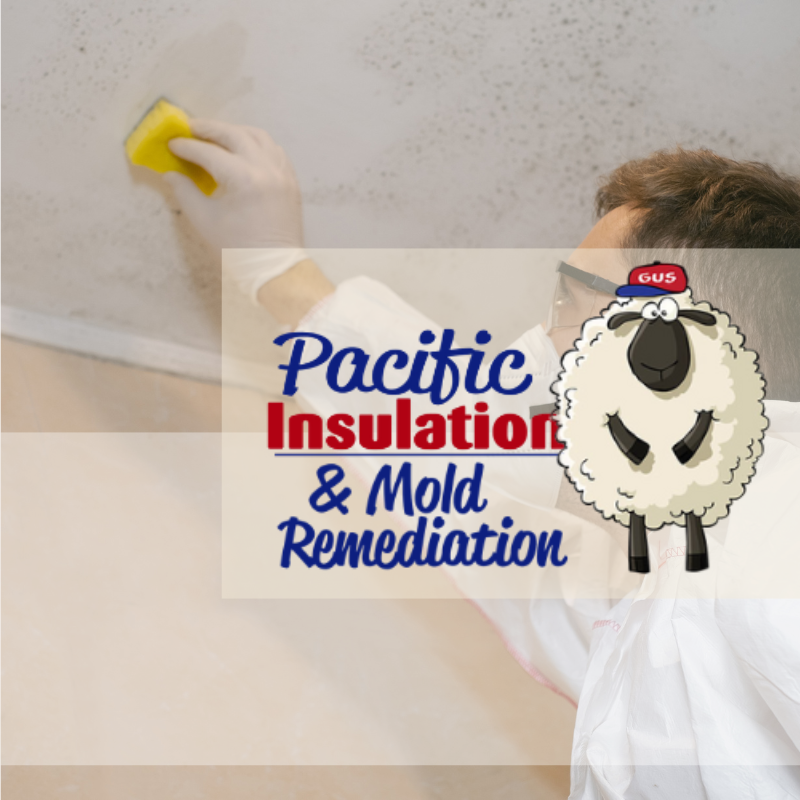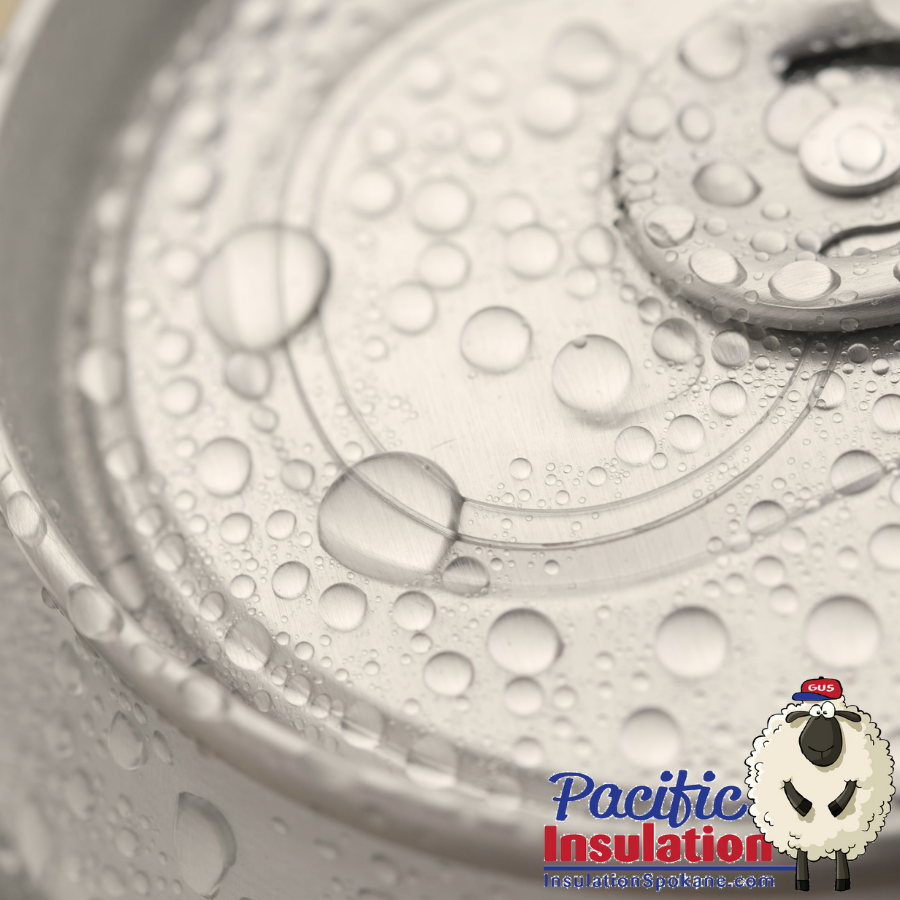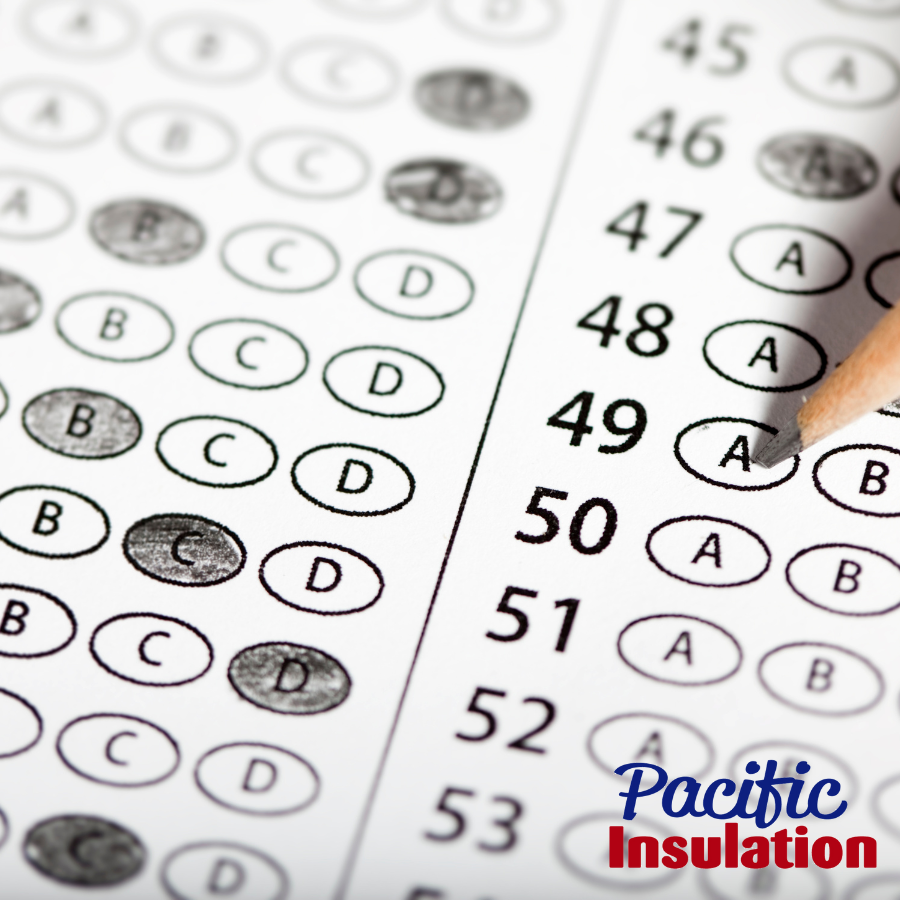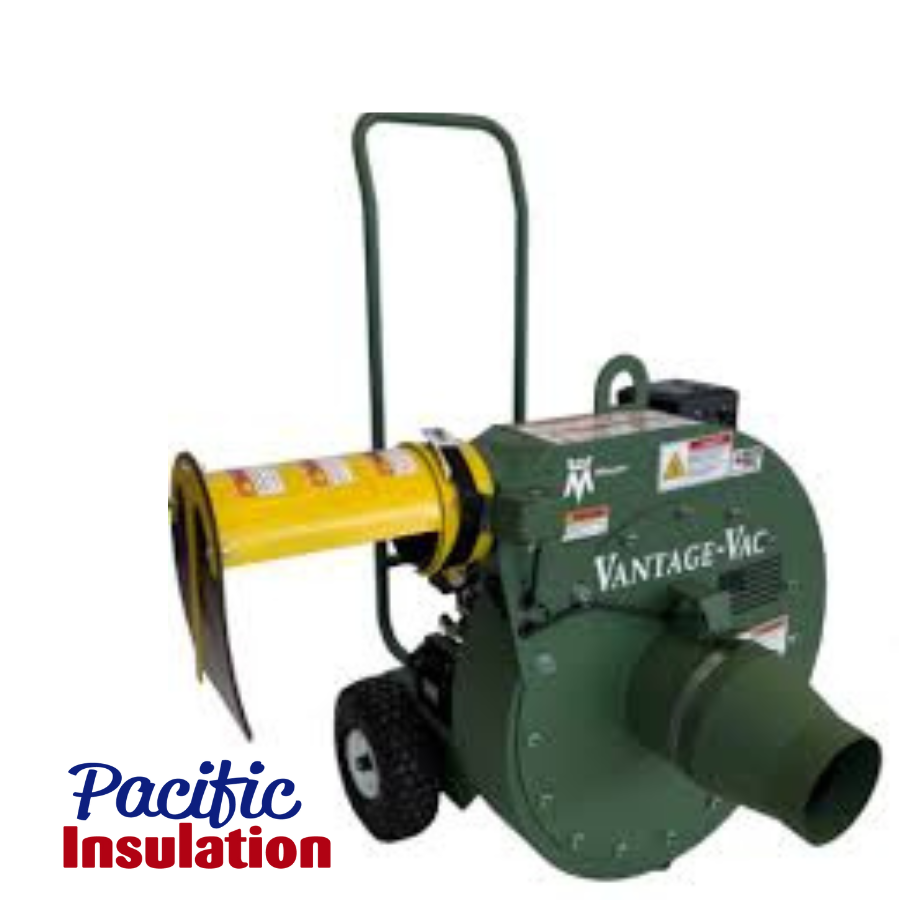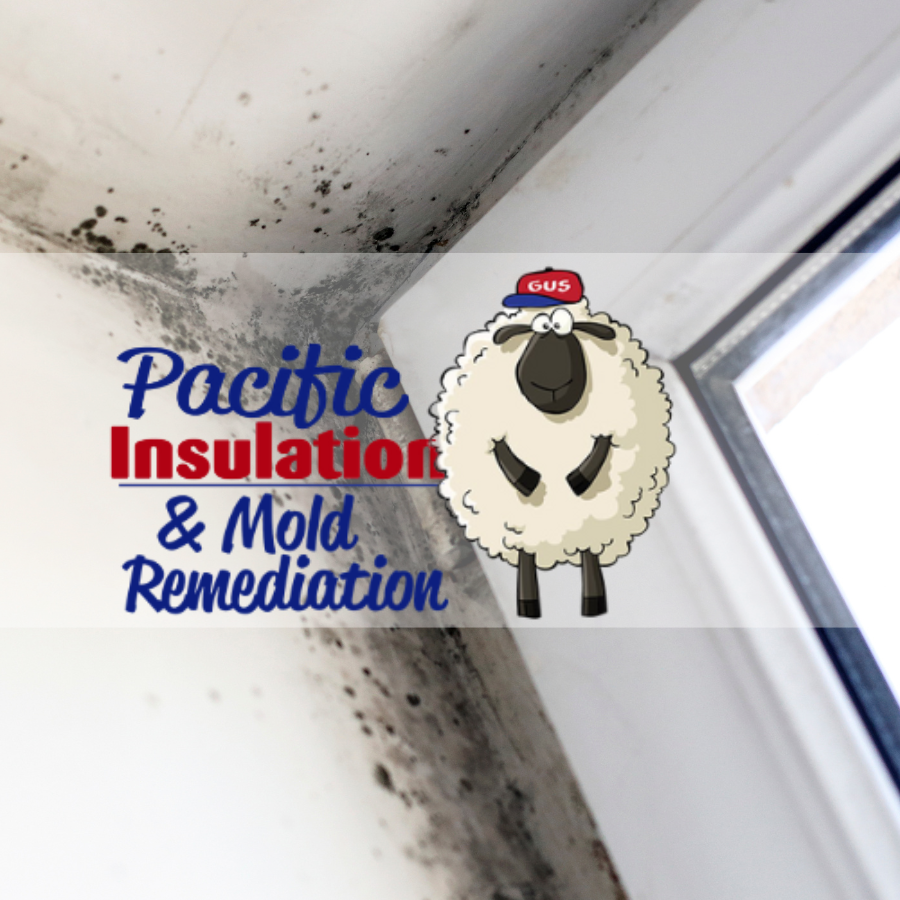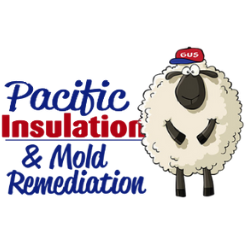Can Insulation That's Gotten Wet Be Saved?
When it comes to protecting your home from the elements, insulation plays a vital role. But what happens when insulation gets wet? This is a common concern for homeowners dealing with roof leaks, flooding, or high humidity issues, especially in areas like attics and crawlspaces. Wet insulation can be more than just a temporary inconvenience—it can impact energy efficiency, air quality, and even the structural integrity of your home.
In this post, we’ll break down what you need to know about wet insulation: whether it can be saved, how different types react to moisture, and when it’s time to replace it.
What Happens When Insulation Gets Wet?
The effects of moisture on insulation depend largely on the type of insulation, how saturated it is, and how long it stays wet. In general, wet insulation loses its thermal resistance (R-value), which means it no longer provides effective temperature control. Beyond that, moisture can lead to mold growth, wood rot, and poor indoor air quality.
Some of the most common problems include:
- Loss of insulating performance
- Mold and mildew growth
- Musty odors
- Structural damage to wood framing
- Increased energy bills
These risks are particularly high when you have wet insulation in attic areas where warm air rises and moisture can easily become trapped.
Can Wet Insulation Be Saved?
Whether wet insulation can be salvaged depends on several factors:
- Type of insulation
- Extent of moisture exposure
- Duration of wet conditions
- Presence of mold or contaminants
Let’s take a closer look at how different types of insulation respond to water:
Fiberglass Batts
Fiberglass insulation doesn’t absorb water but it can trap it between the fibers. If caught early and dried completely, fiberglass may be salvageable. However, if it remains wet for more than 24-48 hours, there’s a high risk of mold and mildew, and it should be replaced.
Blown-In Cellulose
Cellulose insulation is made from recycled paper treated with fire retardants. It absorbs water quickly and tends to clump and compress when wet. This compromises its effectiveness and can promote rapid mold growth. In most cases, wet cellulose insulation cannot be saved and should be removed.
Mineral Wool (Rock Wool)
Mineral wool is more water-resistant than cellulose and retains its shape better when wet. It can often be dried and reused if the moisture was minimal and no mold is present. Still, thorough inspection is needed.
Spray Foam Insulation
A common question is: Can foam insulation get wet? Closed-cell spray foam is highly water-resistant and acts as a vapor barrier, so it's generally safe from moisture damage. Open-cell foam, however, is more porous and can absorb water. In both cases, if moisture gets trapped behind or within the foam due to improper installation or leaks, it may need professional removal and reinstallation.
So, can insulation that's gotten wet be saved?
- Yes, in the case of some fiberglass and mineral wool, if dried quickly
- Rarely, for cellulose or open-cell foam
- Usually, closed-cell foam is not affected unless compromised structurally
Will Insulation Mold If It Gets Wet?
Will insulation mold if it gets wet? Yes—moisture creates the ideal conditions for mold growth, especially if the insulation is organic (like cellulose) or left wet for extended periods. Mold spores can start growing in as little as 24-48 hours.
Moldy insulation can:
- Release airborne spores, causing allergic reactions or respiratory issues
- Emit foul odors
- Spread to adjacent framing and drywall
Once mold is visible or suspected, insulation should be removed and the area treated with antimicrobial cleaners before new insulation is installed.
What To Do If You Discover Wet Insulation
If you suspect or discover wet insulation in your attic or anywhere else in your home, follow these steps:
1. Identify and Stop the Source
Locate the source of the moisture—roof leaks, plumbing issues, poor ventilation, or condensation from HVAC systems. Fix the problem before addressing the insulation.
2. Inspect the Area Thoroughly
Check how far the moisture has spread. Inspect for mold, water stains, and musty smells. Use a moisture meter if needed.
3. Remove Unsalvageable Material
Cellulose, moldy fiberglass, or compressed batts should be removed. Don’t take chances with anything that smells musty or looks stained.
4. Dry Out the Space
Use fans, dehumidifiers, or air movers to dry the area completely before reinsulating. This prevents mold regrowth.
5. Sanitize If Necessary
If there were signs of mold or rodent contamination, clean all exposed surfaces with antimicrobial spray and vacuum dust with a HEPA-rated vacuum.
6. Reinsulate Thoughtfully
Choose a moisture-resistant insulation material if your space is prone to dampness (e.g., closed-cell spray foam or treated cellulose).
Preventing Wet Insulation Problems in the Future
The best cure is prevention. Here’s how to avoid wet insulation problems going forward:
- Keep roof and gutter systems in good repair
- Ensure bathroom and kitchen exhaust fans vent outside, not into the attic
- Use vapor barriers in crawl spaces and basements
- Seal attic air leaks to reduce condensation
- Maintain proper attic ventilation (ridge and soffit vents)
- Schedule regular home inspections to catch small leaks early
Final Thoughts
So, can insulation that’s gotten wet be saved? Sometimes—but not always. The type of insulation, how long it’s been wet, and whether mold has set in are all critical factors.
When in doubt, it's often safer and more cost-effective to remove and replace wet insulation rather than risk compromised air quality or energy performance. And if you’re dealing with wet insulation in the attic or other hard-to-access areas, consider calling in a professional who can assess the damage and safely remove contaminated material.
Protecting your home starts with staying dry. And when it comes to insulation, dry really does mean safe, efficient, and healthy.
Keywords covered:
- what happens when insulation gets wet
- wet insulation
- can foam insulation get wet
- will insulation mold if it gets wet
- wet insulation in attic

